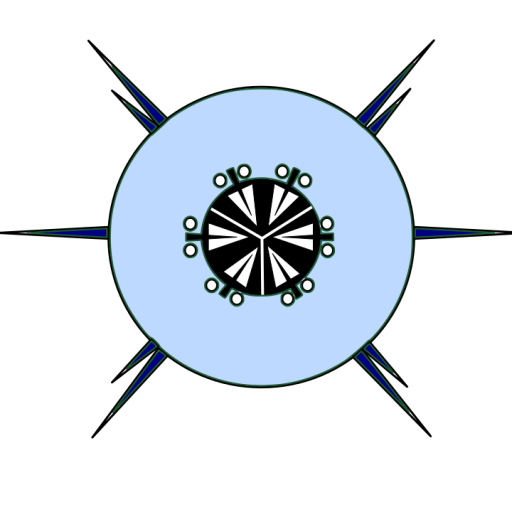MeioChile is a website dedicated to information on the meiobenthos of Chile, though a lot of the information on this site will also be of interest to the wider community of meiobenthologists.
What are meiofauna?
Meiofauna are tiny invertebrate organisms that live in the benthic environment. Primarily, they are associated with sediments but they can also be found living on secondary substrates such as macroalgae (known as phytal meiofauna) and sessile invertebrates (e.g. mussel beds). The term “meiofauna” was first used by Molly Mare (1942) to refer to the small organisms found in marine sands around Plymouth (United Kingdom). The meio in meiofauna comes from the greek meion meaning smaller. Thus the meiofauna are smaller than the macrofauna and larger than the microfauna. The exact size definition of meiofauna varies a little from author to author, but a general working definition, and the one I use, is animals smaller than 1mm and larger than 45µm.
The meiofauna includes an enormous diversity of organisms, with most phyla having meiofaunal representatives. Furthermore, there are several phyla such as the Kinorhyncha, Gastrotricha, and Loricifera that are exclusively meiobenthic. In terms of diversity and abundance the most important groups are the Nematoda and the Harpacticoid Copepoda, though at some sites other groups can occasionally be dominant. In general the meiofauna have not been intensely studied, and even in the better studied parts of the world (e.g. northern Europe) there are still many species that remain to be described, and many aspects of meiofaunal ecology still to be discovered. For more information on the individual meiofaunal groups see the Biodiversity section of the website.
The meiofauna have a number of characteristics and adaptations to life in between grains of sand. The first adaptation is that many groups develop a vermiform “worm like” body with reduced appendages which permit movement through the interstitial environment. So in the case of a group like the Amphipoda meiofaunal representatives have thin elongated bodies with short legs. Another important group of adaptations common to most meiofaunal organisms are in the life-cycle. Firstly, due to their small size they cannot produce large numbers of gametes as a result reproduction occurs continuously throughout the year with a small number of eggs/larvae being produced during each reproductive cycle. Meiofaunal organisms exhibit direct development, this means that there is no pelagic larval dispersal phase, juveniles recruit directly into the same habitat as the adults. Many meiofaunal organisms have short life-cycles, in extreme cases as short as a week. Many meiofaunal organisms also invest more energy in ensuring the success of the few juveniles they produce in each reproductive cycle, so eggs/embryos may be carried for an extended period of time, and in some species viviparity is present.
References
Mare, M.F. (1942) A study of a marine benthic community with special reference to the micro-organisms. Journal of the Marine Biological Association of the United Kingdom. 25:517-554.














